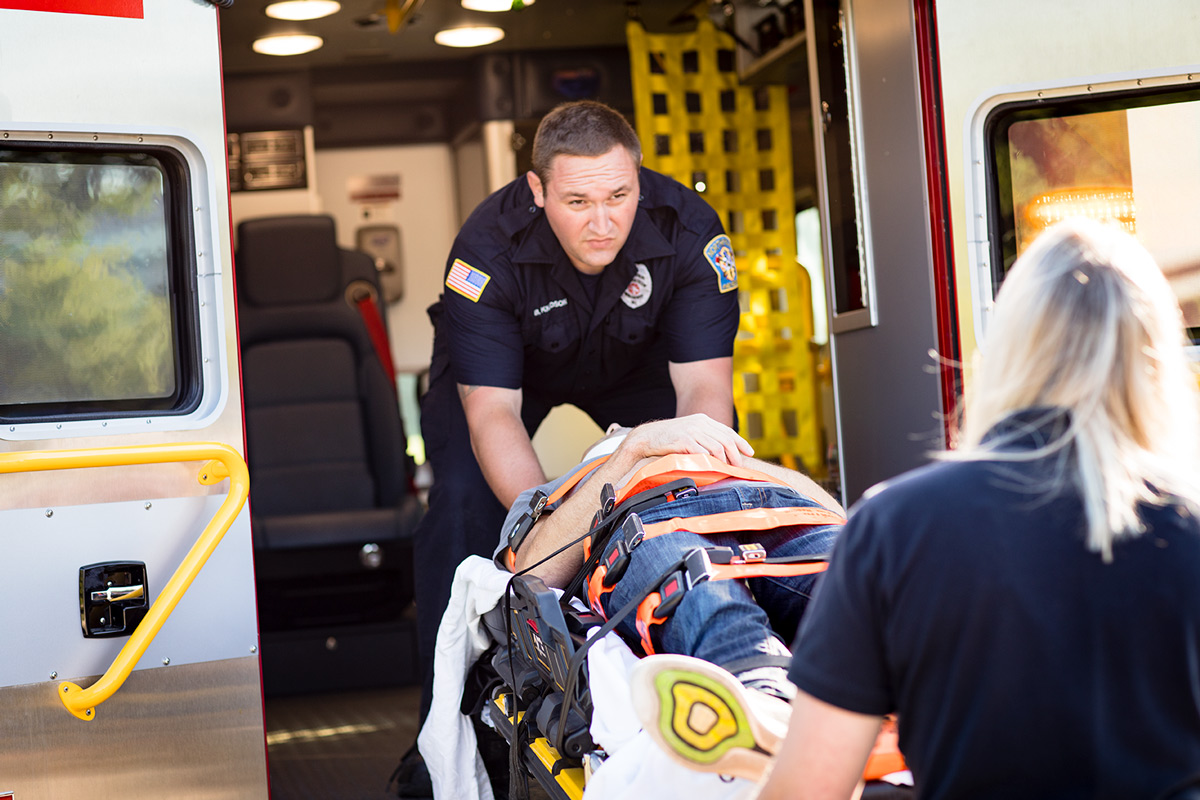Improving Operational Performance
When EMTs learn skin health
One hospital’s approach to skin and wound care education is so comprehensive that it extends to its transport and emergency medical technicians (EMTs).
The Skin Integrity Team (SIT) at Penn Medicine at Princeton Medical Center, Plainsboro, New Jersey, provides ongoing education to EMTs and others via skills fairs, HealthStream self-learning modules, in-servicing, lunch-and-learn events and community education. The SIT is composed of members from nursing, respiratory, dietary, environmental, transportation and physicians.
The result? The rate of Stage 1 ambulance-related pressure injuries dropped from 18 percent to less than 1 percent over a four-month period, Dina Kenyon, BSN, RN, CEN, WCC, an emergency department (ED) nurse told attendees at the Wild on Wound Conference in Las Vegas in September.

Skin health tip: EMTs should be sure to describe in detail the scene where they retrieved the patient, says Martie Moore, RN, MAOM, CPHQ, Chief Nursing Officer at Medline Industries. They are uniquely able to provide insights into the patient’s home setting and living conditions.
“Why start pressure injury prevention in the ED? Because we’re often the first point of entry to the hospital,” Kenyon says. She adds that nearly half (48%) of ED admissions to the medical center are critically ill or elderly patients, and most (60%) are transported by Emergency Medical Services.
ED patients are at risk for pressure injuries because they are acutely ill and often spend long periods of time on gurneys, Kenyon says, adding that malnourished, dehydrated, diabetic and elderly patients are particularly vulnerable.
Five-layer silicone-backed dressings are used successfully to treat and prevent pressure injuries throughout the medical center, which helps boost patient satisfaction, she added.
